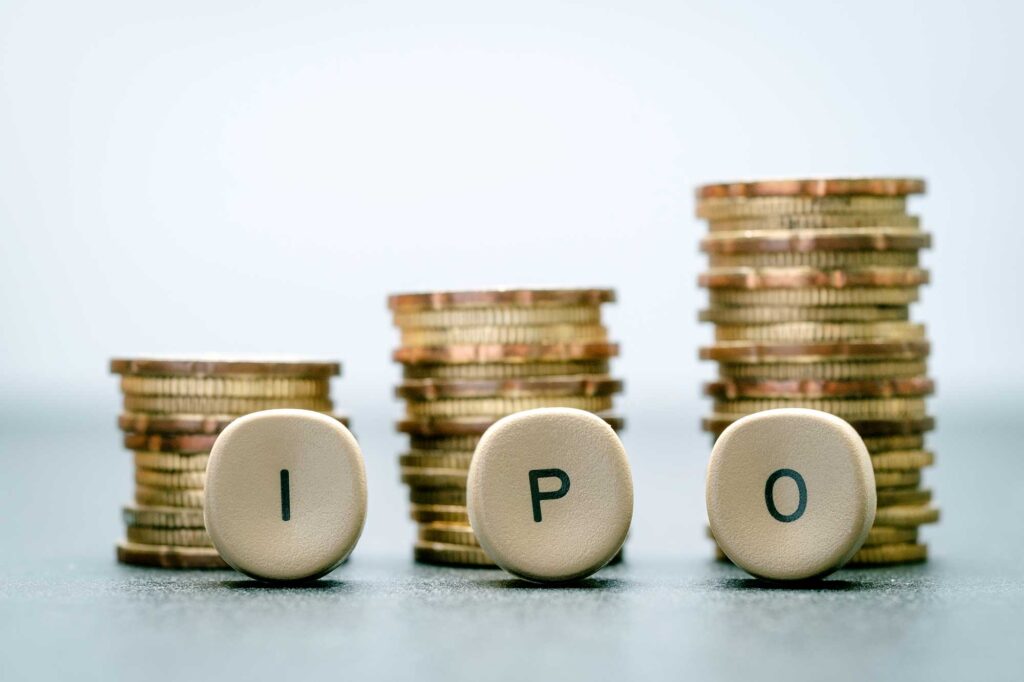
When a business needs funds for development and expansion, the company can raise capital by issuing shares. After the IPO – an initial public offering on the market, I told about it in one of the videos, the shares become available to anyone. The company gets money, and investors and traders start buying and selling shares to each other. But these are not all processes that take place with the shares after the public offering.
SPO (Secondary Public Offering) – a secondary public offering of shares, which are usually owned by the company’s founders or venture capital funds, in some cases the state.
At this procedure the quantity of papers in free circulation (free float) will grow. As a rule, it is not bad. The growth of shares in free float promotes liquidity, attracts interest of institutional investors, large investment funds. This, in its turn, will reduce volatility and minimize the risks of turbulent movement of shares in the market. The total number of issued shares does not change during the SPO procedure.
FPO (Follow-on Public Offering) – additional issue. Issue by the issuer of additional shares for their circulation in the market or in favor of certain investors. The company’s share attributable to each owner of the shares in this case is diluted.
It should be noted that in practice, the additional issue is often confused with an SPO, thus mixing up the fundamental differences in procedures. An SPO is, in fact, a legal right of an owner to sell its shares. The share of shareholders is not blurred.
While an FPO (or additional issue) requires underwriting again and falls under the control of the regulators. The company’s shareholding per share is diluted. It is not uncommon for “dishonest” issuers to resort to an additional issue.
A share buyback is an issuer’s withdrawal from circulation of its own shares by purchasing them from private investors in the open market. As a result of this procedure, the number of freely circulating shares decreases, which in turn leads to an increase in the market value of securities remaining on the stock market, as well as an increase in the profit per share of EPS.
Redemption of shares is mainly used when the market value of the issuer’s securities is too low. As a result, buyback among investors increases confidence in the organization, which has a positive impact on quotations.
The buy-back procedure is usually carried out in those periods when the market price falls or is at the correction stage, at such moments the company buys its own exchange assets more aggressively and it is a “bullish” factor.
The buy-back procedure indicates that the company is confident in the strength and reliability of its position, and that management believes its own shares are too cheap. This ensures that the value of C/W is maintained during difficult times and that the investment is relatively safe over the long term.
If the procedure is performed at a time when the price is close to historical highs, it is likely that there is an unjustifiable desire to inflate the price even further.
If a company is planning to buy back its shares, this indicates that it has a surplus of cash resources, which means that there are no problems with the flow of money. At the moment of announcement about the planned buyback the company’s stock exchange assets may start to grow, but more often it lasts for a short period of time. The redemption procedure itself is also accompanied by the growth of quotations, the price increases against the background of growing demand for securities with a simultaneous decrease in the supply of shares (as there are fewer shares in circulation).
Shredding and consolidation of shares.

Stock Splits is an increase in the number of shares in circulation by reducing their value. A split divides the price of a share by a certain coefficient, according to the number of shares that it wants to issue, for example – 2 to 1. Regardless of the size of the coefficient, the share price decreases and the number of shares in circulation increases. This is like exchanging 1000 banknotes for two 500 ones. The main motivation for the company’s share split is the desire to make the price more attractive for an average retail investor. After all, there are more willing to buy shares at $50 than at $100. If you had 100 shares at $100 before the split, then after the 2k1 split you will already have 200 shares, but at $50. The amount of money doesn’t change. When more people buy a share at a lower price, the price usually goes up. This is called the “split effect”.
Split was done by most companies in the market. For example, on June 9, 2014, for the first time in almost ten years, Apple Corporation conducted a stock split. If one security of an “apple” company was traded at $645.6, then at the opening of trading after the split this amount was $92.5.
And, for example, Warren Buffett did not conduct a single share split of berkshire Hathaway. Buffet refuses to conduct a split of A-class shares, claiming that he wants to see only serious investors in his company. The value of one share is now about $300,000.
Consolidation or reverse split is a reduction in the number of shares placed on stock exchanges in order to increase the value of their securities. Reverse splitting can be applied when a company needs to retain shares to be traded in the OTC securities market. As a result of consolidation, the value of the charter capital and the total value of all shares remain unchanged, however, the value of one security increases.